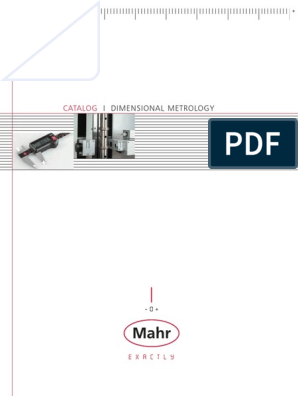100% found this document useful (2 votes)
1K views5 pagesIntroduction To Microscope Lab
This document provides an introduction and overview of how to use a microscope. It describes the basic parts of a microscope like the objective lenses, ocular lenses, stage, light source, and adjustment knobs. It explains how to focus the microscope using the coarse and fine adjustment knobs. It also discusses how changing the objective lens increases magnification and decreases the field of view seen through the eyepiece. The document concludes by reflecting on how virtual microscopes allow remote study of specimens and how real microscopes are used in healthcare and research to observe cells, tissues, and microorganisms.
Uploaded by
Demi Aleyssa MeñezCopyright
© © All Rights Reserved
We take content rights seriously. If you suspect this is your content, claim it here.
Available Formats
Download as DOCX, PDF, TXT or read online on Scribd
100% found this document useful (2 votes)
1K views5 pagesIntroduction To Microscope Lab
This document provides an introduction and overview of how to use a microscope. It describes the basic parts of a microscope like the objective lenses, ocular lenses, stage, light source, and adjustment knobs. It explains how to focus the microscope using the coarse and fine adjustment knobs. It also discusses how changing the objective lens increases magnification and decreases the field of view seen through the eyepiece. The document concludes by reflecting on how virtual microscopes allow remote study of specimens and how real microscopes are used in healthcare and research to observe cells, tissues, and microorganisms.
Uploaded by
Demi Aleyssa MeñezCopyright
© © All Rights Reserved
We take content rights seriously. If you suspect this is your content, claim it here.
Available Formats
Download as DOCX, PDF, TXT or read online on Scribd
/ 5































































































